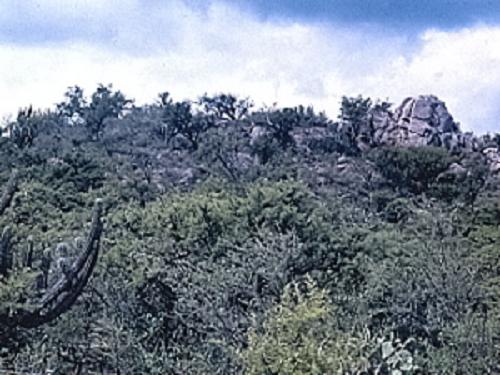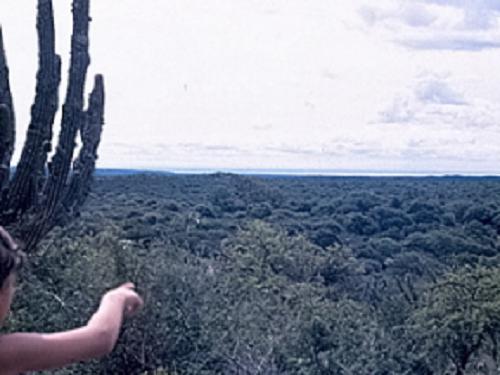Mario Cabrera
Lizards inventory for central Argentina will be updated, and an illustrated field guide will be prepared. An investigation evaluating perception that resident people has about the lizards in their surroundings and practical and cultural uses they make of them will be performed jointly.

Chaco montane dry woodland in north Cordoba, Argentina.
The province of Cordoba, in central Argentina, shows the confluence of biomes from diverse evolutionary origins such as the Chaco and the Pampean steppe. An extense saline lake, mountain chains, intermontane valleys, and sandy plains determine its peculiar mosaic physiognomy. Not withstanding this habitat diversity promoting biotic diversity, Cordoba has less of 8.9% of its territory under protection, with just one national park and few scattered reserves, insufficient to warrant adequate conservation of its biota. Agricultural expansion, with its consequent habitat alteration and landscape homogeneization, reinforce the need for inventory biological richness and conservation status of populations.

Montane woodland in Cordoba (Argentina)-Clear line on background are the Salinas Grandes.
As presently known the lizard fauna of Cordoba, including Amphisbaenians, comprises 33 species (two local endemic, three restricted to mountains of Cordoba and San Luis, and eight endemic to the Chaco biome). Being the lizards highly sensible to drastic habitat modification, an update on the topic is intended with the purpose of detect restrictions, expansions, and overall lizard species’ ranges, as well as probably new taxa. As a product, an illustrated field guide including drawings and colour photos of all the species of lizards and amphisbaenians in central Argentina will be published. It will bear information about identification, natural history (foraging habits, abundance, reproduction) and conservation status, written with scientific depth but understandable for diverse readers as resident local people, ecotourists, teachers, students, and amateur naturalists. Main natural regions, with emphasis in key sites selected either by their endemisms, relative pristine landscape condition, or deep habitat alteration will be surveyed. The searching will include transects, visual encounters, road cruising, and active search in potential shelters.
This project will also run an ethnoherpetological investigation aimed to evaluate the type of perception resident people has about the lizards living in their surroundings, and to know culinary, medicinal and other cultural uses they make of lizards. It is assumed that only educating to people may warrant a favourable attitude toward reptiles; therefore, this diagnostic stage will allow to plan future workshops and related activities in which to interact with local people, retrieving their cosmovision at the same time than educating for a favourable disposition to conservation. People living in eight focal points at N, NW, W, and S of the province will be interviewed through standard and semi-structured surveys. The points were selected on the basis of their different potential lizard species richness and because their inhabitants also own different socio-economic and cultural conditions.